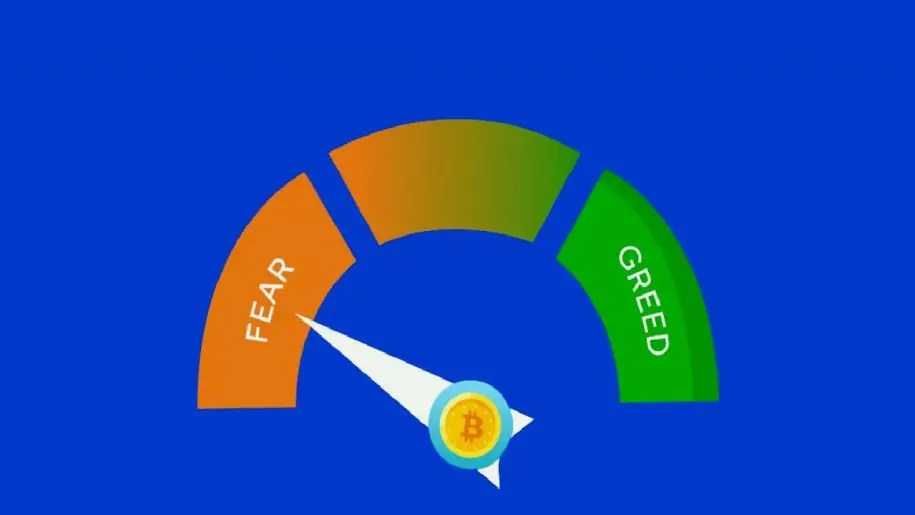
Bitcoin sentiment has fallen off a cliff, and market commentators are struggling to agree on whether the fear marks the start of a deeper correction or the end of the sell-off.
The widely followed Fear and Greed Index has dropped to 10, a level not recorded since the Terra Luna collapse in 2022, signaling intense anxiety across the crypto landscape.
December Emerges as a Key Month in the Bearish Outlook
Market strategist Timothy Peterson believes the worst might not be over yet. In a market update shared on X, he estimated a 50% to 75% probability that Bitcoin will trade lower before finding a bottom, arguing that the current decline still lacks the “capitulation signature” seen during previous cycle lows. Peterson expects that if history repeats, the floor will likely form sometime in December, as it has during prior phases of major weakness.
His reasoning stems from previous bear-market behavior rather than short-term price action. Peterson highlighted that November tends to bring selling pressure as institutions release their Q3 earnings, and any signs of economic slowdown encourage reallocation away from speculative assets. He referenced several historic moments as examples — including the market damage that unfolded during the 2018 bear market, and even the 2013–2014 MT Gox crisis, where early warning signs appeared in November before the collapse became official the following year.
Bitcoin investors might want to brace for more downside, but the worst may be over.
50-75% chance that bitcoin goes lower. I looked at past bear markets again and think there is a reasonable chance that December will be the bottom.
75% chance that Bitcoin stays above $90,000. https://t.co/NEpuhEFp5q
— Timothy Peterson (@nsquaredvalue) November 15, 2025
Analysts Divided as Fear Deepens
The sharp drop in sentiment has amplified debate rather than consensus. Some analysts are preparing for deeper losses, while others see the current breakdown as an opportunity forming. Peterson maintains that BTC still has a 75% probability of staying above $90,000, even if it revisits lower levels first. In contrast, analyst Ted Pillows places the probable bottom in the $88,000–$90,000 range, warning that a failure to stabilize there could open the door to a retest of the $76,000 low recorded in April 2025.
Not everyone agrees with the bearish framing. Michael van de Poppe expects that the current volatility could precede a bullish reversal rather than a deeper collapse, noting that several macro support signals are developing beneath the surface. Similarly, CryptoQuant CEO Ki Young Ju echoed a constructive view, stressing that Bitcoin can rebound as long as capital continues flowing into the asset.
Institutional Flows Challenge the Panic Narrative
The flows into institutional Bitcoin products support Ju’s outlook. Despite the price slump and aggressive liquidations, Harvard University reportedly expanded its exposure to spot Bitcoin ETFs to approximately $442.8 million, representing a 237% increase in holdings. Accumulation from large allocators provides a counterweight to short-term sentiment indicators that rely heavily on retail emotions.
A Market Dominated by Uncertainty, Not Consensus
With retail sentiment at panic levels and analysts split between breakdown and recovery, Bitcoin has entered a phase defined less by price direction and more by psychological extremes. The final weeks of the year will reveal whether December continues to behave like a historical bottoming month — or confirms the fears of prediction models calling for more turbulence ahead.
The information provided in this article is for educational purposes only and does not constitute financial, investment, or trading advice. Coindoo.com does not endorse or recommend any specific investment strategy or cryptocurrency. Always conduct your own research and consult with a licensed financial advisor before making any investment decisions.
